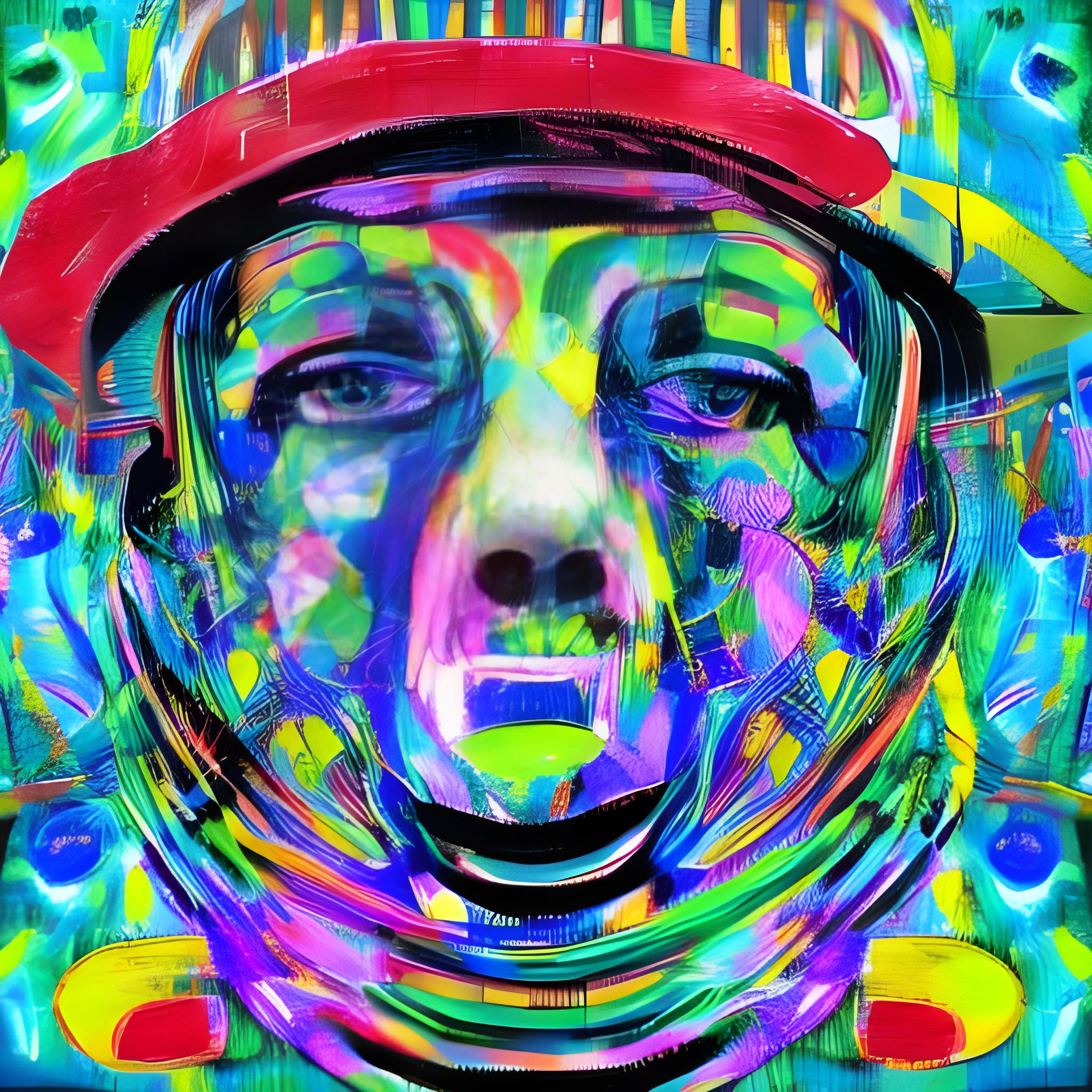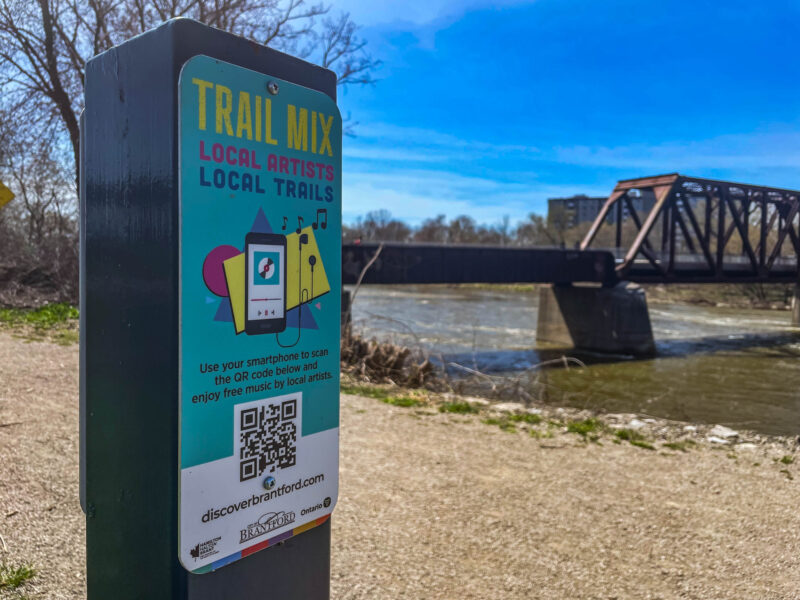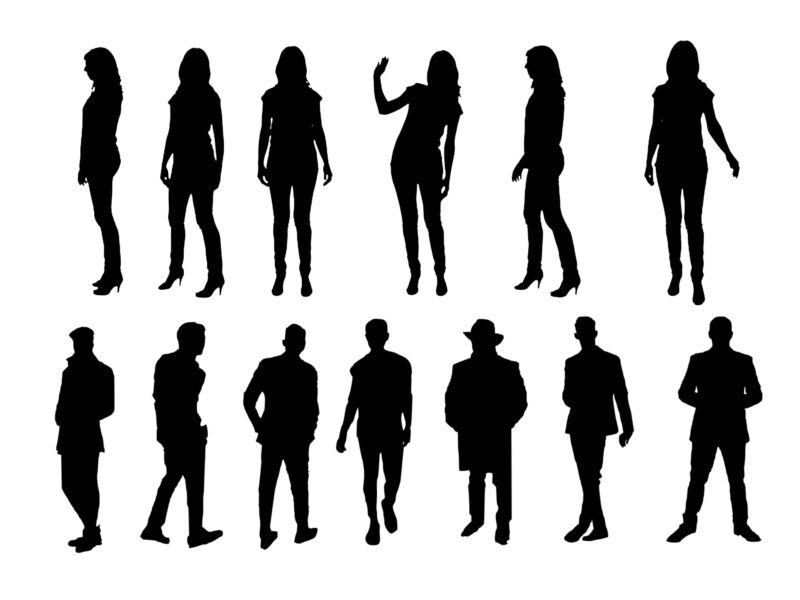Photo Contribution by Jeremy Vyn
From language patterns to 3D protein structure remodelling, artificial intelligence has made some significant strides in the past few years. One stride that has been the source of major debate as of late is the use of AI for artistic creation.
On one side, we have the supporters: those of the opinion that AI art brings something beautiful and genuine to the table—something comparable to the art that humans can produce. On the other hand, we have the unbelievers: the larger subset of people who see AI art as fundamentally fake (and often ugly) and completely lacking in the very sense of purpose that drives humans to create and cherish art in the first place. I would generally label myself as a member of the latter group.
It’s worth pointing out that the actual practice of using AI for artistic purposes is still in its infancy. You can spot an AI rendered “artwork” from a mile away because nothing looks quite right (e.g., human subjects inexplicably have six fingers on each hand and a hundred teeth in their mouths—they look like Sims in the creepiest way possible). Nonetheless, the recent popularization of artificial intelligence to create art begs two major questions: one, what is art, and two, is AI art ethical.
In regard to that first question, I could go on a long-winded tangent about the countless hours of hard work, practice and determination humans put themselves through for the rarely satisfying, generally excruciating endeavour of being artists. I could go on about how that is one of those universal human experiences artificial intelligence cannot genuinely reproduce and thus, can’t reproduce a genuine product either.
That being said, I can think of several reasons AI can be a cool tool that real artists can leverage to enhance their work or to conjure up something different entirely. A digital artist, for example, might use AI to generate a landscape background for a piece they’re working on, while deploying their own artistic talents to perfect the subject.
When someone generates images through AI, how should we label that involvement? “Artist” isn’t the right word. “Creator” or “designer” are still far too generous. Anything implying there was actual creative labour and artistic skill required in conjuring up the final product is completely disingenuous, as nothing that was involved in the making of that image is actually theirs. The AI should be credited, but the human giving the prompt can’t be discounted entirely. As things presently stand, the attempt to define what constitutes an artist in the realm of AI generation is just one jumbled mess.
But I digress. The technological age forces us all to re-examine how we define art, both personally and as a culture. Personal definitions aside, there is a real practical issue with AI art, and that lies in the ethics of its creation.
Take DALL-E 2 and Midjourney for example, the two most popular AI art generators out there. These AIs receive a human prompt, then spit out a corresponding generated image in under a minute. The primary problem though, is that the end products are generated using data within databases containing copious amounts of copyrighted images. And many of these copyrighted images belong to the very artists that AI would be putting out of a job should its art career really take off. Not exactly what I’d call “fair use.” Still, as it currently stands, there is no legislation prohibiting the use of artists’ work in AI generation.
My takeaway is that the proliferation of AI art is unlike any other creative medium that has ever existed before, so there’s not really any precedent for how to frame these images, legally or artistically speaking. There needs to be a whole new set of rules and definitions put in place before we can really tackle the dilemmas of AI art.




